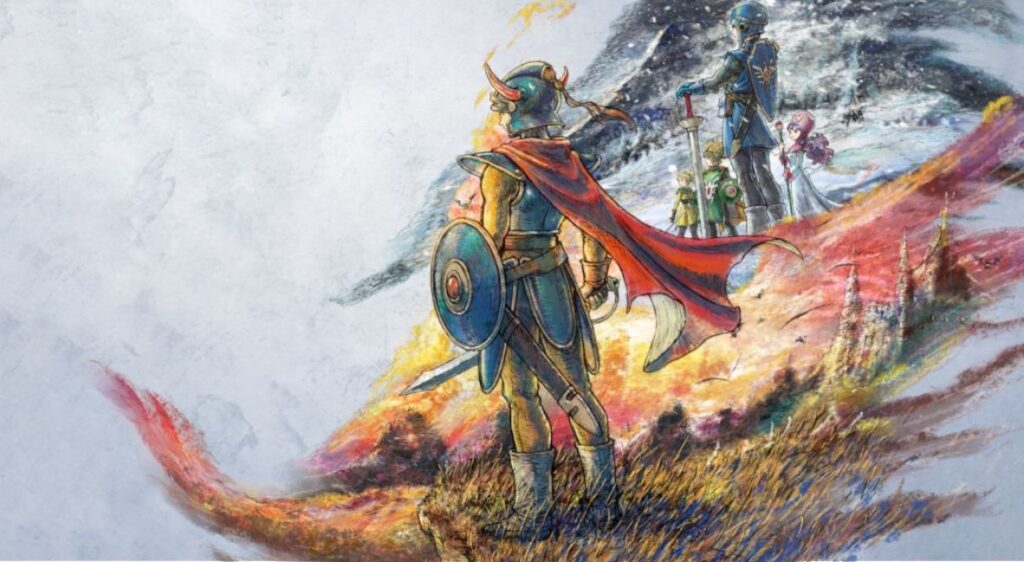The Dragon Quest franchise has been a staple in the turn-based role-playing game world since it first debuted in 1986. Now, almost 40 years later, players can re-live the first two entries in Dragon Quest I+II HD-2D Remake. Dragon Quest I+II HD-2D Remake modernizes the two games that started it all, allowing new and old fans to enjoy the experience with significant quality-of-life improvements and a new visual style that will appeal to everyone.
Dragon Quest I+II HD-2D Remake completes the Erdrick trilogy, which began with Dragon Quest III HD-2D Remake. Although these games were originally released first, they take place after Dragon Quest III HD-2D Remake and show what happens to the world of Alefgard after Erdrick defeated the Lord of the Underworld.
After years of peace, the Dragonlord has risen again in Dragon Quest I. Players take on the role of one of Erdrick’s descendants, destined to save the King’s daughter and defeat the forces of evil once and for all. It is a classic tale of a hero taking on a dark villain to save the princess, and that familiarity makes Dragon Quest I so enjoyable. By not trying to reinvent the wheel, Dragon Quest I allows players to focus on the characters and the world instead.
Smart decisions keep Dragon Quest I+II HD-2D Remake from growing stale.
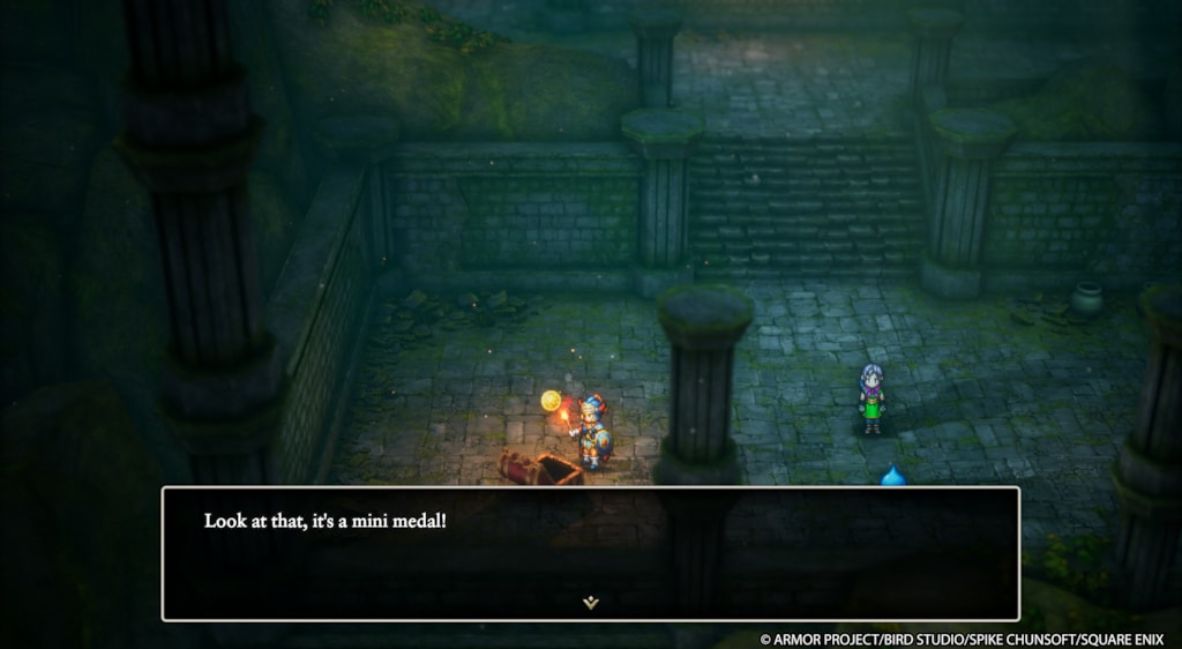
There is so much to uncover in the world of Alefgard, and every interaction with its people brings it to life. It adds weight to the journey, giving players a reason to care about the people they are trying to save. Dragon Quest I encourages exploration by offering engaging character conversations and useful items, so it is well worth taking the time to explore every nook and cranny.
This is also important because the story of Dragon Quest I is pretty short. Since there is only one character in the party, as opposed to the classic larger parties the series is known for, there is not as much character development. The lack of a party doesn’t mean there aren’t characters for the main hero to engage with; those moments just aren’t as powerful as they could be with a larger group. Keeping the story free of bloat, while still adding new moments to slightly expand it, prevents it from ever getting stale.
Dragon Quest II returns to the standard party system by utilizing four descendants of Erdrick instead of just one. This allows the party to feel fleshed out and expands the storytelling options. The world has grown significantly, with Erdrick’s descendants forming distinct kingdoms with their own identities. They are drawn together to take on an invasion of monsters, putting aside their differences to bring peace back to the lands and honor the legacy of Erdrick.
Enjoy the expanded upon combat experience.
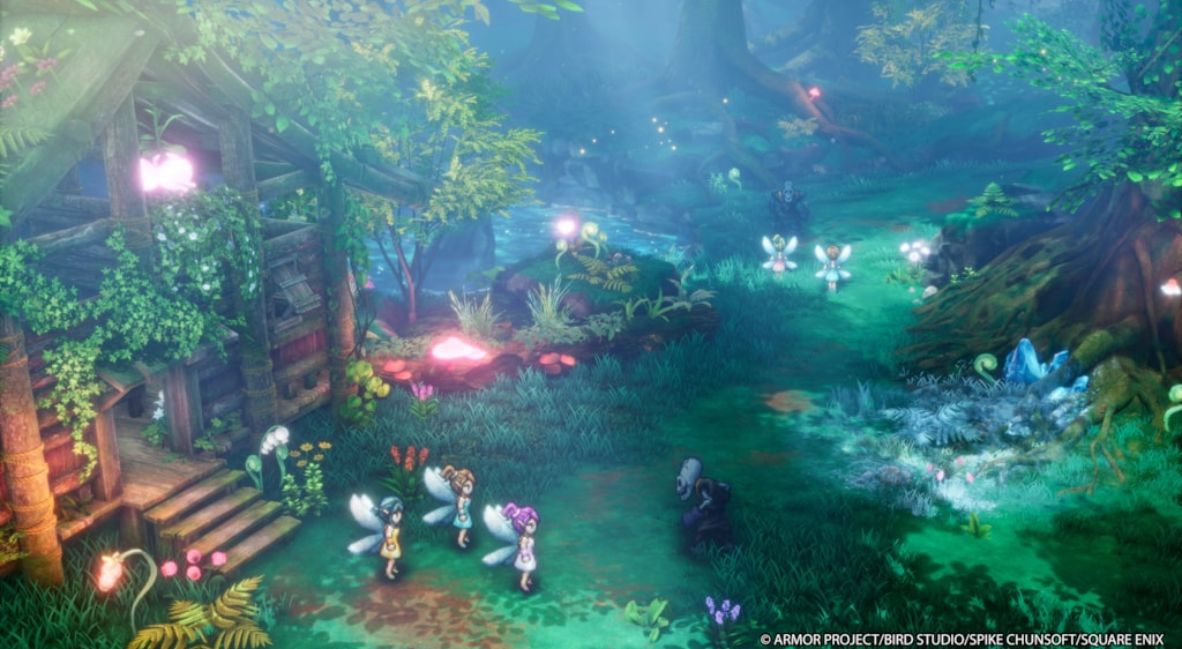
The story in Dragon Quest II is significantly longer, but it still avoids feeling bloated by ensuring every moment offers some sort of reward for players. Expanded content and full voice acting bring the journey to life and keep it engaging from start to finish. There are a few great twists along the way that turn a familiar setup into something unique.
There are plenty of features present in both parts of Dragon Quest I+II HD-2D Remake, including an expanded Sigil system as well as mini medals, scroll spells, and quality-of-life updates like objective markers and efficient attack suggestions. Taking systems that have become staples of the series and adding them to these classic experiences makes the games feel just as modern as the most recent releases.
Combat in Dragon Quest I+II HD-2D Remake is an absolute blast. Dragon Quest I has been updated to let players face multiple enemies at once, rather than the original one-on-one option. This makes combat much more strategic and challenging, which, in turn, makes the shorter story more engaging by forcing players to take the fights seriously.
The game is accessible for every type of player.
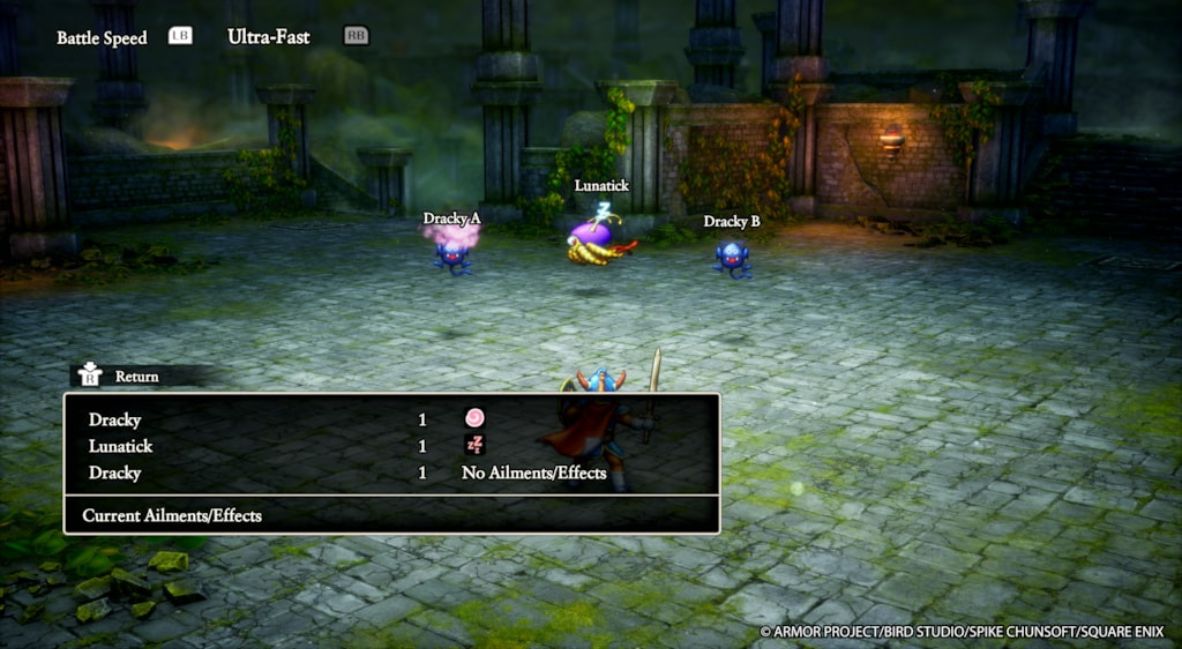
Fighting as a party in Dragon Quest II relies more on teamwork, using complementary attacks and spells to help take down groups of foes or powerful bosses. This approach is certainly more enjoyable than the one-vs-many seen in Dragon Quest I, but both are fun and strike the right balance between modernizing the encounters without losing the old-school feel that makes these classics special.
The efficient attack suggestions are a real game-changer. Knowing which attack will be more effective without the stressful and often frustrating trial-and-error makes combat more approachable. The three difficulty options also let players make combat as challenging or simple as they’d like. These features mean that all types of players can find a level of challenge that appeals to them without detracting from the overall experience.
Random encounters are a system most games have moved away from, or at least allow players to skip them. They are unfortunately present in Dragon Quest I+II HD-2D Remake, and there is no option to turn them off. It was the only major annoyance I had with both games. It can be hard to want to explore when you are constantly being hit with random battles that interrupt the flow. An option to turn them off, or at least lower the frequency, would be great, but they certainly do not ruin the experience.
The detailed world-building helps elevate the Dragon Quest I+II HD-2D Remake experience.
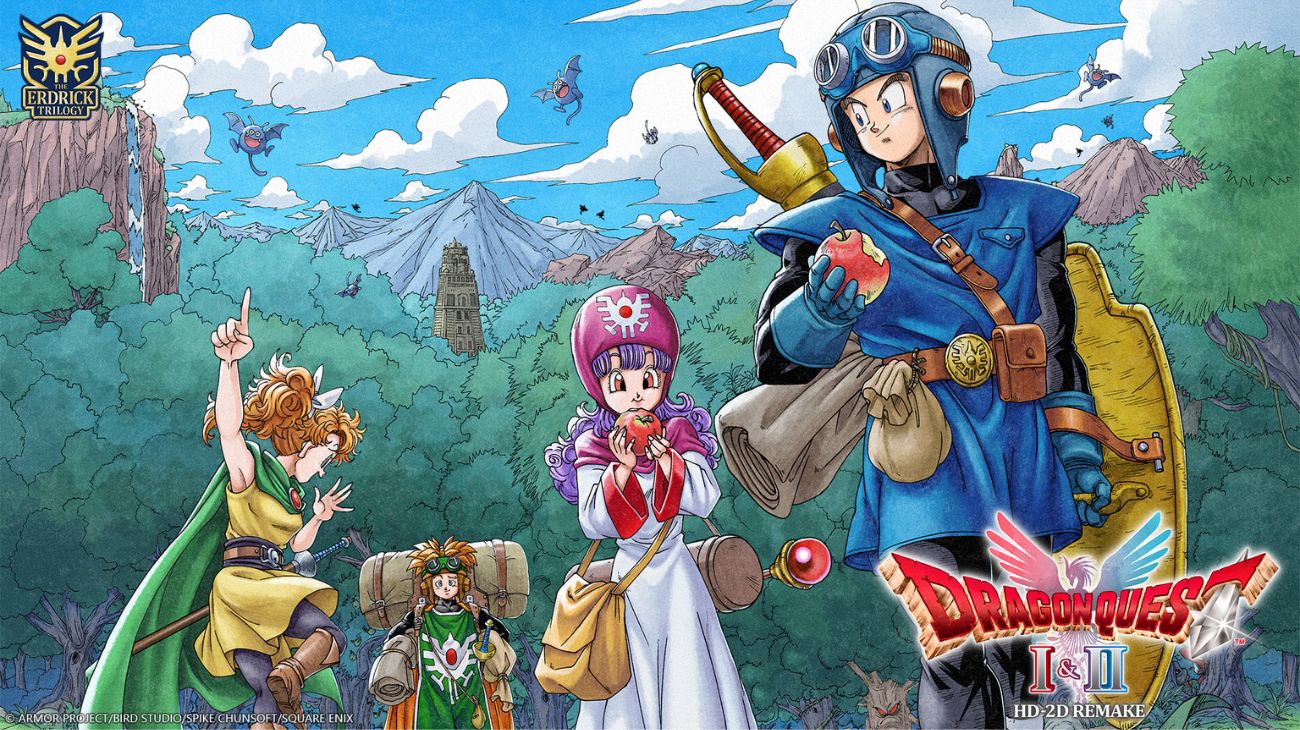
Dragon Quest I+II HD-2D Remake is all about improving an old formula, and nothing showcases that better than the way the HD-2D visual style is used. Lighting has been significantly improved, allowing the different locales to feel even more lifelike. The improved visual detail also allows the character models to pop, so even the basic slimes look great when you can enjoy the wind whipping through the grasslands behind them.
The different dungeons are particularly impressive, with a ton of detail put into the backgrounds that make the dungeon grind feel unique, even if the basic layouts are familiar. I typically get bored when the gameplay loop of exploring and fighting becomes repetitive, but Dragon Quest I+II HD-2D Remake avoids that issue by giving each dungeon its own distinct appearance. The overworld is also quite impressive, though not as detailed as the individual locations.
Dragon Quest I+II HD-2D Remake’s soundtrack is another absolute home run. Composer Koichi Sugiyama may not be with us anymore, but his music lives on thanks to an incredible performance by the Tokyo Metropolitan Symphony in its recordings of the classic soundtracks. The music is immersive, adding just as much to the calm, reflective moments as to the most epic battles. I caught myself sitting in towns listening to the background music more often than I’d like to admit, a testament to how great the music is and how much it adds to the experience.
Dragon Quest I+II HD-2D Remake is way more than just a fresh coat of paint, creating a truly memorable experience for newcomers and returning adventurers alike. The combination of great combat, new features, and incredible presentation makes this an excellent RPG adventure.
Dragon Quest I+II HD-2D Remake releases October 3oth on Nintendo Switch, Nintendo Switch 2, PlayStation 5, Xbox Series X|S, and PC.
Dragon Quest I+II HD-2D Remake
-
Rating - 9/109/10
TL;DR
Dragon Quest I+II HD-2D Remake is way more than just a fresh coat of paint, creating a truly memorable experience for newcomers and returning adventurers alike.

